

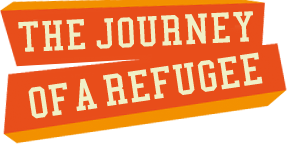


I’m from Kabul in Afghanistan, where I had to fight for my life for decades because of war. All I remember from my childhood is fear and death: I lost both my parents and two sisters. I had to decide whether I’d keep risking my life and the lives of my loved ones in my home town or escape to a foreign country with my family and start again. When rebels broke into my apartment, I realised it was a matter of life and death. It was hard to abandon our home, but we had no other choice.
I left my home in Libya almost 10 years ago after a raid in my home town, where my brother was hanged for political reasons. I escaped from one country to the next, but since I often spoke against the regime of Muammar Gaddafi in the international media, I was always found by his henchmen. My family were imprisoned simply because they’d spoken to me on the phone. By 2008 I found myself in Morocco, where the local authorities refused to stand up for me against Gaddafi. So I had no other choice but to seek political asylum in Europe.
I was raised in Bunia in East-Congo. At the end of the 1990s my entire family, along with the entire ethnic Hema community, was attacked because of our origins. I lost my parents, my brother and my sister. I escaped to another part of the country, where I was imprisoned by armed men because I refused to work for them. I was beaten and tortured; I suffered several concussions. I was one of the lucky few who was able to escape and seek asylum.


General
In Estonia
Elsewhere in the world
Compare the numbers...
In 2013, asylum was sought:
Compare the numbers...
In 2013, refugee status was granted:
Famous refugees:


MYTH: A refugee is merely seeking the good life.
REALITY: Before a person is recognised as a refugee, an investigation is carried out which lasts for up to six months. Each application is reviewed individually and impartially. Upon making a decision, the human rights in the applicant’s home country, their explanation of their persecution and anything else relevant to their application is taken into consideration.
MYTH: Most refugees are unemployed.
REALITY: Most people with refugee status in Estonia are employed.
MYTH: Refugees do not want to learn Estonian.
REALITY: There is keen interest in Estonian language courses – the problem is the limited number of courses.
MYTH: The state decides how many refugees are accepted.
REALITY: The state has signed international treaties in which it agrees to help all refugees. In fact, the state cannot choose how many refugees it helps each year.
MYTH: Most refugees are in Europe.
REALITY: Most refugees are actually in developing countries, where they live in tent camps in poor conditions.
MYTH: Refugees are economic migrants.
REALITY: An economic migrant does not qualify as a refugee because they leave their home country behind to find better living standards or employment. A refugee leaves their home country because his or her life is in danger.
MYTH: Refugees receive more social support than Estonians.
REALITY: When it comes to social support, Estonians and refugees are treated equally. It is more difficult for refugees, however, because they have no social network, community or personal property.
MYTH: Refugees do no contribute to Estonian society.
REALITY: Refugees want to study Estonian, learn about the local culture and work here.


The Estonian Human Rights Centre provides legal aid to asylum seekers. To this end, a legal aid clinic has been established, which advises asylum seekers whose applications are being reviewed as well as those who have already received a negative response and wish to appeal. The centre is also involved in raising public awareness. In addition, the Estonian Human Rights Centre works to protect interests so that the creation and implementation of legal acts and policies concerning refugees and asylum seekers take into consideration their interests and rights.
E-mail: info@inimoigused.ee
www.inimoigused.ee
The Estonian Refugee Council provides daily assistance to refugees, helping them settle in Estonia. They help refugees find work and/or accommodation, but also in more practical issues like getting an appointment to see an ophthalmologist or taking care of the documentation of their own family members in Estonia. They arrange events for asylum seekers at and outside of the Asylum Seekers Admission Centre. They also keep the public informed and share balanced information in order to promote discussion of refugee issues.
E-mail info@pagulasabi.ee
www.pagulasabi.ee
The Johannes Mihkelson Centre (JMC) operates as a network of refugee support whose staff help refugees integrate into Estonian society by giving them guidance in regard to employment, education, health care and social services. For example, support staff help refugees find accommodation and work and communicate with the Unemployment Insurance Fund, kindergartens and schools etc. The centre also arranges hobby activities and translation services for refugees.
E-mail: jmk@jmk.ee
www.jmk.ee
IOM Estonia is involved in several projects. As part of the EST-CO project they arrange cultural orientation training for asylum seekers and recipients of international protection with the aim of raising awareness about Estonia among asylum seekers and ensuring smoother integration if protection is granted. In addition, IOM Estonia supports voluntary returns, which are considered a regular, humane and cost-effective way for migrants to return to their home country if they wish to do so themselves. This ensures a well-organised, safe and dignified return with the possibility of reintegration.
E-mail: iomtallinn@iom.int
www.iom.ee
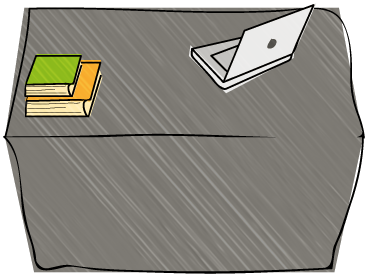
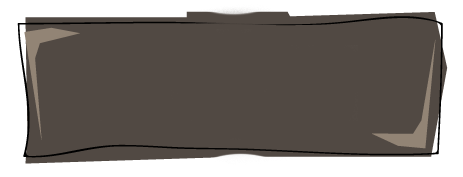



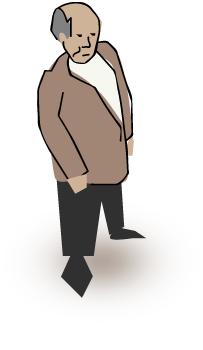
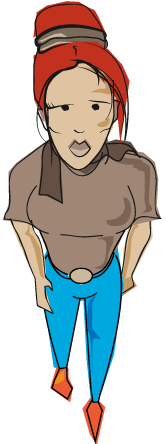
















is a person who is forced to leave their home country due to persecution, war or violence.
is the trade in humans, most commonly for the purpose of sexual slavery, forced labor or commercial sexual exploitation for the trafficker or others or for the extraction of organs or tissues, including surrogacy and ova removal or for providing a spouse in the context of forced marriage.
is the illegal transportation of humans or items.
the border guard, based on the gut instinct, establishes whether they are dealing with a person who needs protection. If the guard is certain that the person needs protection, the person is allowed into the country; if not, the person is sent back.
The task of the Accommodation Centre for Asylum Seekers (Vao Centre) is to arrange for the accommodation in local authorities of those receiving their services and international protection. The centre arranges accommodation and other services which support and maintain the person’s ability to cope while their international protection is being processed.
are checked, and if there is even the slightest suspicion that they have lied, this too is investigated. If the officials at the Police and Border Guard Board are not convinced that the person will be in danger if sent back to their home country, then this person is given a negative response and sent back.
A person who meets the requirements of the refugee status receives a residence permit in Estonia for three years; those granted protection receive it for one year. These periods can be extended.
This is the idealised journey of a refugee to Estonia. In most cases, their ordeal begins at the deportation centre when they reach the country, irregularly, like most do. In reality, most asylum seekers receive a negative response. If this is the case, the person is entitled to appeal the decision. Then they must wait for a new decision, which can take up to two years. If this response is also negative, the person is sent back to their home country.